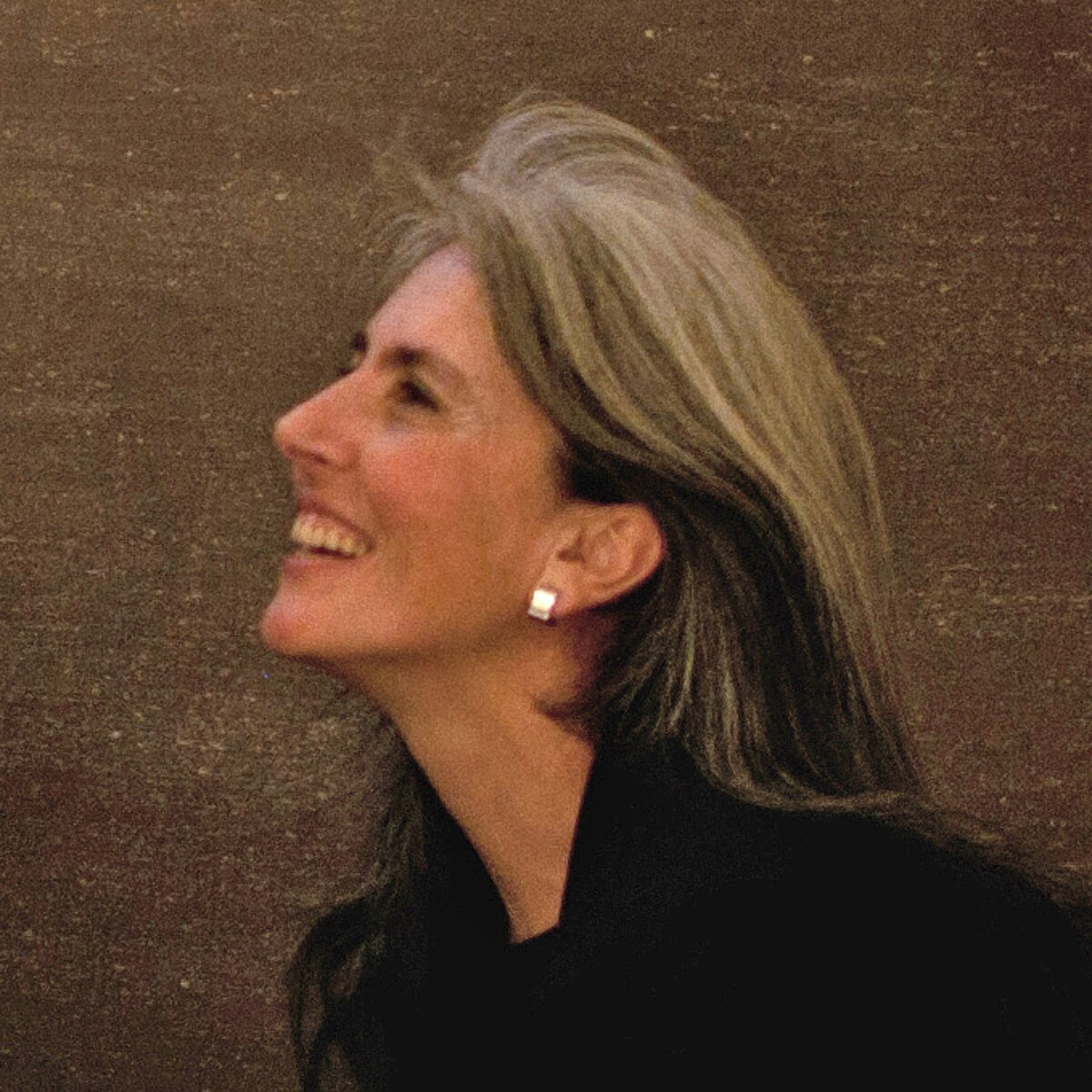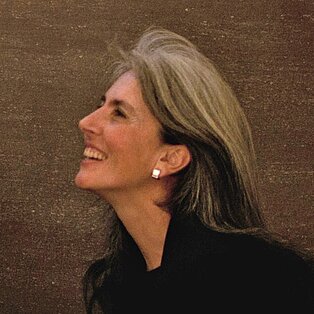November Lectures | New series of talks at the University of East London
Professor Maria Alessandra Segantini is the curator of the newly launched November lecture series at the UEL in London. Segantini is the director of the internationally awarded firm C+S Architects, Special Prize of the Gold Medal of Italian Architecture 2012, with offices in Venice and London.
What made you decide to launch a series of lectures in London?
Like most European cities the challenge of investigating and building in a dense territory and with strong heritage constraints is in London turned into an opportunity. Quickly recovering after the recent economic crises, London is on the forefront of this topic, but is also a place where people matter. Civic engagement - one of the main strength of our University of East London - is happening at many levels of our profession and is considered a great opportunity to test cities as places for better life for everybody.
Is there already a program? Does the London-series follow a special concept?
As the curator of the 2015 series, I would like to address and discuss the question of public space in our complex information age.
Lecturers have been chosen for their capacity of tacking the nodes of a profession, that of the architect, which is presently undergoing a series of radical changes and where all the different stakeholder involved in the processes of design, construction and final users are asked to sit together around a table and discuss about the future of the piece of the city they are going to transform.
Heritage, in this –scape, is turned from a topic which looks at the past and the constraints into a challenging opportunity to transform and leave better places to future generations.
51N4E and Elemental have worked successfully in very specific ways to make the process of design an open-end source, where people and users are sitting around the decisional tables. Alejandro Aravena, the director of Elemental and curator of the next Architecture Biennale 2016, has set these topics on his agenda for the Biennale.
Nieto & Sobejano and Nadaaa are extremely interesting in the manipulation of new technologies and data on the side of construction, without forgetting though that each topic of investigation is finally serving people and their ways of using the public realm.
From your perspective as a successful Italian architect, visiting professor in Belgium and professor in England –there are one or more major trends in architecture? – If not, how do they differ the construction projects in the regions in which you operate?
Personally I don’t have ever really considered the question of trends a matter of interest or investigation. I believe in the idea of a work being conducted very specifically in each context, but with a broader perspective, able to tackle global problems.
Our goal as architects should be to try, even in the smallest intervention, to solve a problem and make the world a better place for people. This seems a simple idea, but instead it includes a series of complexities which could be cultural, climatic, economic, social, political, constructive and so on.
As a teacher – what skills and knowledge to aspiring architects earn today?
Architecture students need to be at the same time very specific as problem solvers, but very creative and critical in thinking.
They need to be aware of traditional contruction technologies as well as the potential of future technologies and datas. This seems very complex to achieve, but with constant exercise using very different tools, they can be trained to unfold the complexities of our contemporary world and achieve the holystic approach which is required by our discipline.
What seems to me quite interesting is that what is called the ‘design thinking’ is no longer confined to products or buildings but used to devise strategies and manage change in very different economic scapes, meaning that our way of approaching the questions, as architects and designers, is inspiring and looked at from different disciplines.
Do you see differences in training in England, Belgium and Italy?
Being in a global world, more and more the experience of students is enriched by potential connections between different places. The Erasmus programme within Europe started more than 20 years ago and is now difficult to find a student who is not interested in spending a semester abroad.
Many other interesting experiences and activities are happening through international summer schools and workshops and students are exposed to international lecturers and professors.
Each school or university of architecture has its own traditional values and continuity with the past, but these new opportunities enhance the flow of ideas and the discussion of common topics of research among institutions. Teaching and research can only benefit from this new scenario.
If you look back on your own education, what has changed? I was educated at the University of Architecture of Venice where professors were Aldo Rossi, Vittorio Gregotti, Manfredo Tafuri, Massimo Scolari, Bernardo Secchi, just to quote some. I was very lucky to have a strong group of teachers who were both researchers and great architects, but at that time the University of Venice was also very internationally connected where Rafael Moneo or James Stirling were called as visiting professors. Times were different but the interest in exchanging knowledge was similar also then.
In three sets – what’s your approach to contemporary architecture?
Considering that heritage represents 70% of the profession’s workload, I am interested in understanding cultural heritage and transformation as integral components of the design practice of architecture. Interest focuses in the cultural, site-specific and material aspects of contexts and more broadly in socio-political, economic and climatic influences. The historical dimension is for me a challenging and inspiring resource, driving a sharpening, sophisticated and potential effect on contemporary design in architecture.
For C+S Architects, the office I manage with my partner Carlo Cappai, the specificity of the context, its history –which is that of the stratification of human actions into the materiality of the place, but also that of the techniques of construction-, its physical features –materiality, topography, strata, climate, its socio- political expectations, its economic features and potentials are studied as different layers of the context. This initial work of mapping and analysis defines the map of potentials of each specific place, a tool which reveals intersections and interferences between those layers, on one side revealing the opportunities to graft and plug in the context a series of soft technological elements: what we name the –scape adaptors. The design intervention is the ability to turn each –scape adaptor into a soft technological element, the role of which is creating a relation with the contexts, translating their stratified values into conteporary forms and time, combining the old and the new. The notion of the adaptors is interdisciplinary and interscalar: it allows the designer to cross- section between scales and disciplines.
Working on the integration of architecture, urban design, the design of the landscape and ecology, the research is represented by an extensive catalogue of strategies, which aim to translate into contemporary values, the powers of the environment specificity, the communityʼs expectations, the culture, the memory and the climate, through the mis-en form of a cutting-edge technological innovation: what we define TranslationArchitecture. TranslationArchitecture is a contemporary, continuous, and vital transformation of context. Architects are translators of contexts. Choosing the contexts to translate and manipulating them in another forms and time architects invent a design output that is both necessary and unforeseeable.
Poster November Lectures 2015 at the UEL School of Architecture



